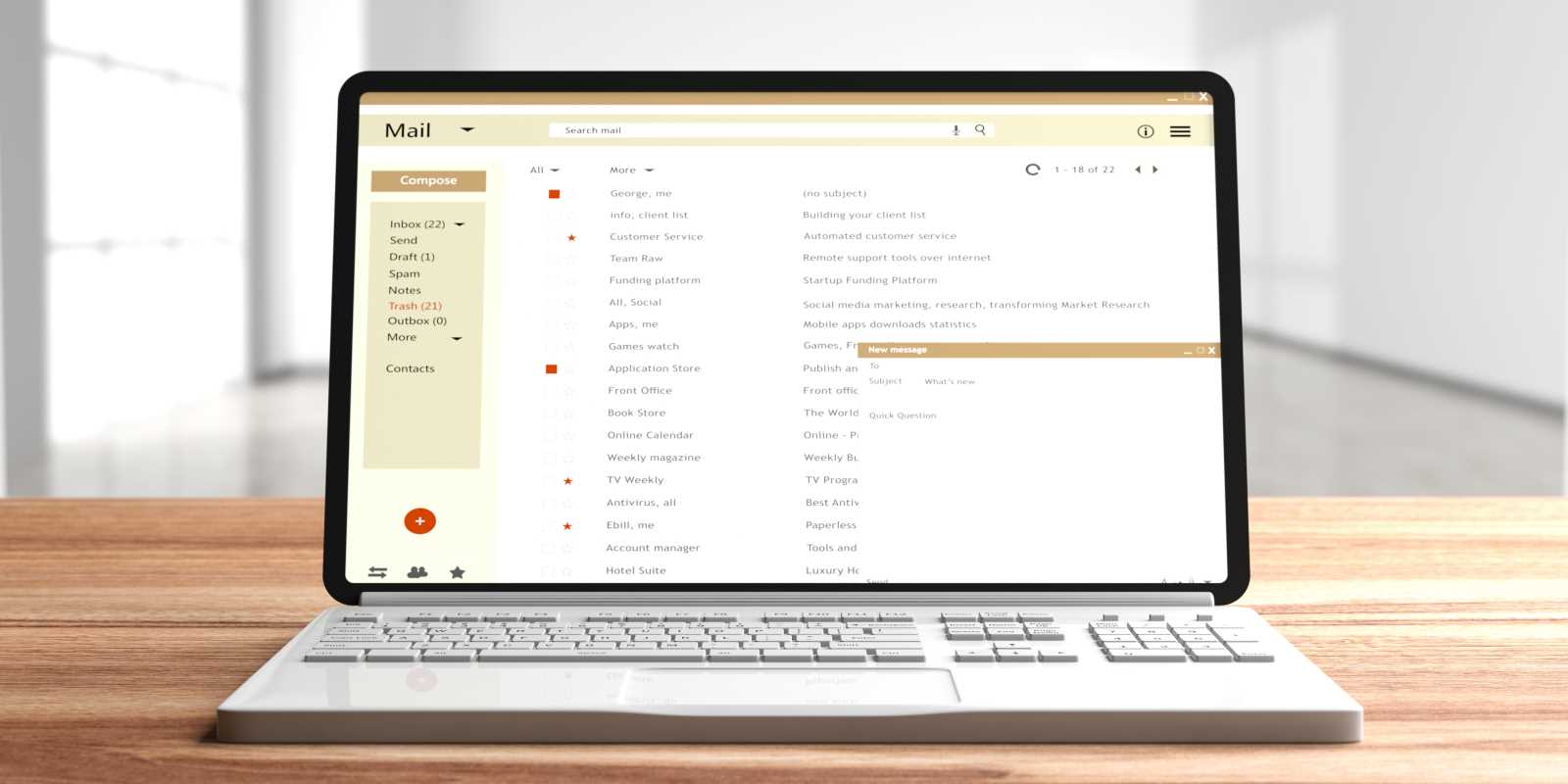Professional growth doesn’t stop when you land that dream job. The world is constantly evolving, and staying competitive means keeping your skills sharp and adaptable. Whether it’s mastering new tech, staying on top of trends, or picking up a completely fresh skill set, learning quickly and effectively is a must in today’s career landscape. The good news? Learning new skills doesn’t have to mean overwhelming late nights or long hours buried in courses. With the right approach, you can upskill efficiently and confidently. Here’s how to make the process both manageable and rewarding.
Set Clear, Actionable Goals
Before you start, take a step back and ask yourself, “What exactly am I trying to achieve?” Having a clear goal not only keeps you focused but also ensures all your efforts align with your professional aspirations.
How to get intentional with your learning:
- Be specific: Instead of “I want to learn coding,” try “I want to learn Python to streamline data analysis for my team.” A well-defined goal creates a path to follow.
- Link it to your current role or future plans: If you can connect the skill to a project or opportunity at work, you’ll stay more motivated to follow through.
- Break it down: Turn your goal into smaller, digestible milestones. For instance, focus on mastering one feature or component of the skill before tackling the entire subject.
Knowing exactly why you’re learning something can make the process feel much less overwhelming―and more worthwhile.
Find the Right Resources
The internet is a goldmine of learning tools, but too much choice can be overwhelming. Choosing the right resources tailored to your learning style is key to picking up new skills effectively.
Where to look for the best tools:
- Online courses: Platforms like Coursera, Skillshare, or LinkedIn Learning offer plenty of expert-taught courses for all skill levels.
- Podcasts and YouTube channels: Sometimes, learning passively while driving or cooking can make a huge difference. Look for creators who explain concepts in ways that click with you.
- Books and blogs: Written content can be especially helpful when you want to reference something again and again. Bonus tip? Check out eBooks for quick reads!
- Mentors and peers: Don’t underestimate the power of learning from those around you. A colleague who’s already skilled in what you’re trying to learn might offer invaluable insights.
Remember, not all resources are one-size-fits-all. Experiment and stick with what works best for your needs and schedule.
Prioritize Active Practice Over Passive Learning
Reading about a skill or watching tutorials is a great starting point, but real progress comes from doing. The faster you transition from consuming information to practicing it, the more effectively you’ll learn.
Practical ways to get hands-on:
- Learn by doing: Whether it’s troubleshooting software, writing articles, or designing visuals, put the skill to real-world use immediately.
- Start with small projects: If you’re learning graphic design, create quick social media mockups. If you’re studying leadership techniques, try running a team meeting differently.
- Seek feedback early: Don’t wait until you feel 100% confident to show your work. Constructive input from others can fast-track your improvement.
Practice doesn’t make perfect all at once, but it builds confidence and bridges the gap between theory and real-world application.
Consistency is Your Greatest Ally
When it comes to mastering a new skill, consistency beats cramming every time. Even just 15–30 minutes a day can add up to an incredible level of expertise over time. The secret to staying consistent? Build learning into your routine.
Tips for making time to learn:
- Schedule it: Treat your learning time like any other meeting. Block it off in your calendar to avoid distractions.
- Combine it with other habits: Learn during your coffee break or while hitting the treadmill. Pairing it with established habits makes it easier to stick to.
- Track your progress: Physically seeing how far you’ve come (through a journal, app, or checklist) can keep you motivated to keep going.
The small, consistent steps may feel slow at first, but they create a solid foundation for lasting skills.
Stay Curious and Open to Challenges
Every learning process will come with moments of struggle. Instead of letting frustration spiral into self-doubt, treat challenges as an opportunity to deepen your understanding.
How to stay motivated, even when it’s tough:
- Ask lots of questions: Curiosity drives engagement. Don’t be afraid to dig deeper when something doesn’t make sense.
- Celebrate small wins: Did you finally figure out a shortcut in Excel or finish your first client pitch? Give yourself credit for those moments of progress!
- Reframe “failure” as learning: If something doesn’t go as planned, reflect on what didn’t work and experiment with a different approach.
Learning something new isn’t always a straight path, but staying engaged makes it much more fulfilling.
Leverage Your Work Environment
One of the best ways to solidify a new skill is to practice it in real-time. Your job can be the perfect space to do this, no matter your role.
Ways to grow through work:
- Volunteer for opportunities: Whether it’s leading a presentation, trying a new software, or taking on a side project, actively seek ways to apply what you’re learning.
- Ask for stretch assignments: Talk to your manager about taking on something outside your comfort zone that aligns with your learning goals.
- Collaborate with others: Teaming up with colleagues who have expertise in your target area can help you learn faster while building relationships.
Work doesn’t just happen around skills you already know―it’s also one of the best places to evolve and challenge yourself.
 (Image via
(Image via
.jpeg)




